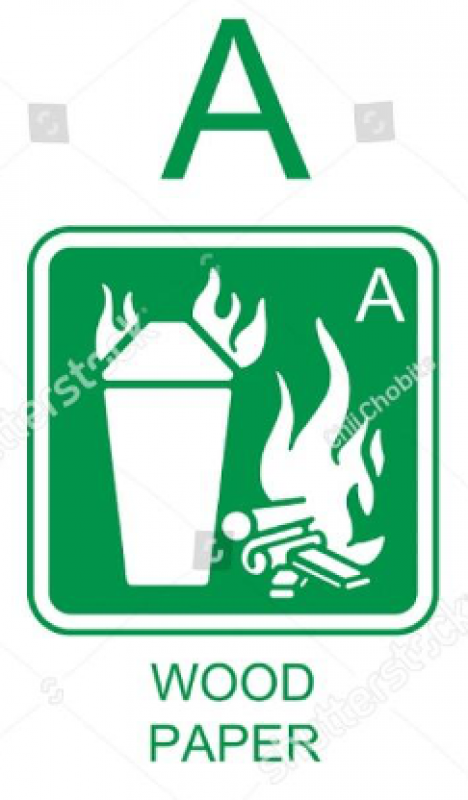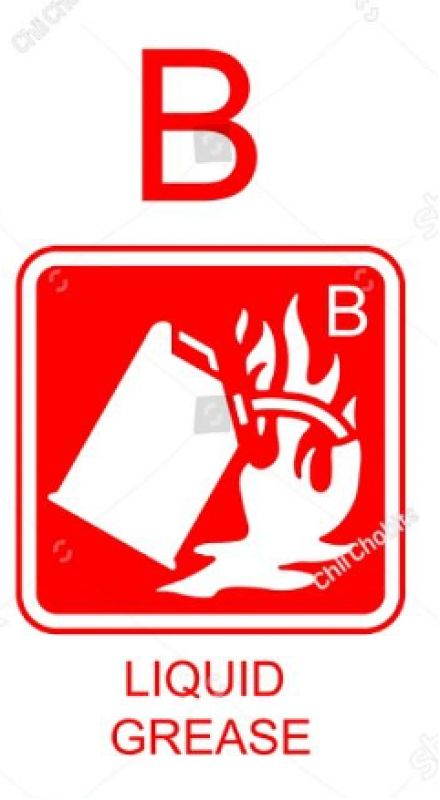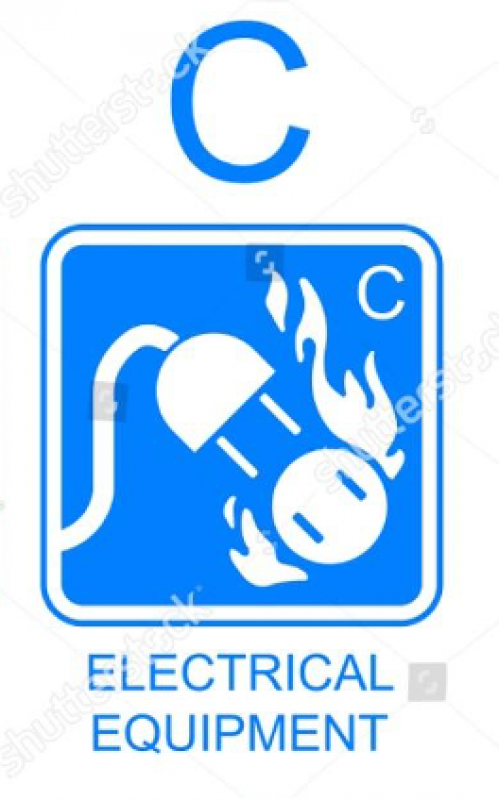WHAT IS FIRE?
Fire is a chemical reaction that consumes material as its fuel to keep its presence. The product of fire is energy and light. The incomplete combustion may produce smoke that later can be the fuel to the fire. Material that causes fire may form in liquid, solid, or gaseous material. In human history, fire can be useful for humans as it produces energy that can be used for daily activities. Yet, uncontrolled fire may cause harm and damage to humans. This is important to manage fire so that its presence may bring benefits rather than the disadvantages. To manage the fire, it is necessary to understand the basic knowledge about how fire formed. As this knowledge can be used to prevent fire incidents in the future.
WHAT IS FIRE FORM FACTOR?
Fire is formed by a few factors, usually we call it a triangle of fire. It is the 3 main elements that are affecting the formation of fire. below is the description of triangle of fire and everything that may affecting the fire growth.

Fuel
Fuel is a material that the fire consumes, the fuel can be in liquid, solid, or gaseous form. Every different material has a different type of combustion which depends on the value of its heat of combustion value. Before the fuel can form fire, it needs to change form especially for solid and liquid material.
For solid material. The material that is heated will initially go through a charcoal process to remove the moisture. After that, the material will start to produce volatiles that are later used for fire fuel. The combustion process will not start until the volatile percentage in air mixture is enough for ignition.
For liquid material. The flammable liquid heated will initially produce vapour. The flame will form until the vapour in the air mixture is enough for ignition. For every flammable liquid there is the flammable limit that is affecting the fire forming process.
For gaseous material. The gas will immediately ignite when the percentage of flammable gas is enough in the air mixture to cause a spark.
For liquid and gaseous material, it will also be affected by the surrounding pressure that changes the flammability limit.
Oxygen
As we know oxygen is a chemical element that surrounds the atmosphere. While the air mixture consists of only 21% oxygen, the amount of oxygen is enough to form fire. The oxygen role in forming fire is a catalysator, it means that the bigger amount of oxygen the bigger fire will form. That’s why an area that is enriched by oxygen will be an area with high-risk fire hazard. Even though oxygen is a fire forming factor, there’s still a lower limit for oxygen percentage to form fire. The least oxygen percentage in air mixture that will form fire is 17%, so if the oxygen is below 17% fire shall not form.
Ignition Source
Ignition source is heat that radiates the material until it produces enough concentration of fuel to ignite. The ignition source may come from anything that produced heat. It can be a device, rotating equipment, electrical heat, or industrial process. In the area where flammable material had a big amount, the ignition source presence is the factor that needs to be restricted. Because of the triangle of fire, to prevent the fire from forming it is necessary to break the chain by controlling the presence of each factor.
Fire Incident
Fire incident is a condition where the size of fire is uncontrolled, causing damage to material, environment, and causing harm to people. Fire incidents caused by various factors dependent on its ignition source and material that is burning which will be discussed further in the paragraph below.
This classification is based on the NFPA 10.
Class A
Is a result from ordinary combustible material such as wood, cloth, paper, and many plastic. Class A fire can be extinguished using water, water vapor, sand, foam, CO2, dry chemical powder.

Class A Fire, source: shutterstock
Class B
Class B fire involving flammable liquid, combustible liquid, petroleum grease, and flammable gaseous. This class of fire cannot be extinguished using water because it will spread the fire.

Class B Fire, source: shutterstock
Class C

Class C Fire, source: shutterstock
Class D
Class D fire caused by metal material such as magnesium, aluminium, kalium, etc. this type of fire is extremely dangerous and may only extinguish with chemical powder which is sodium chloride and graphite.
Class E
Class E fire caused by radioactive material.
Class K
Class K fire caused by cooking appliances that involve combustible cooking media, such as vegetable or animal oils and fats.
0 Comments